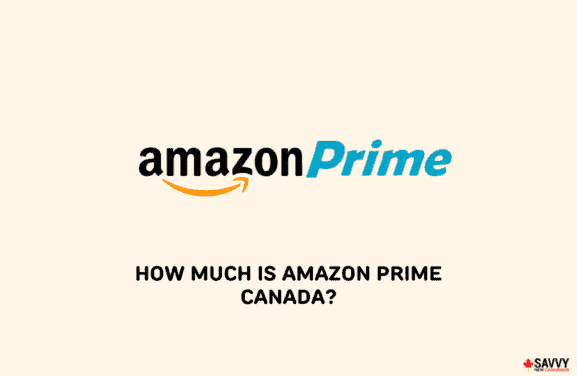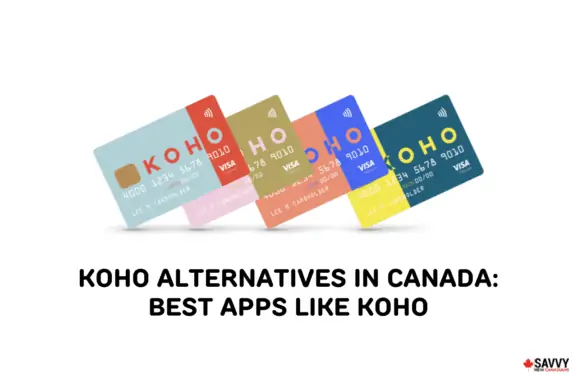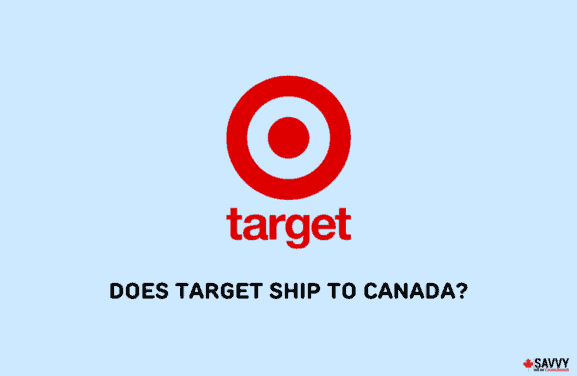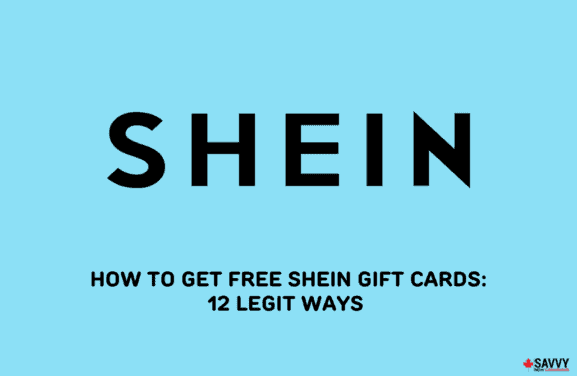This article covers how to get free money from the Canadian government through grants, low-income benefits, tax-advantaged registered investment accounts, and more.
If you are looking for ways to get free money online to pay your bills, this post is for you.
With inflation numbers through the roof and ever-increasing costs of goods and services, getting free money from the government or any other legitimate source can help your wallet and budget.
Let’s dig in.
Free Money From The Government
We can look at free government money in three broad ways:
- Government grants such as the Canada Education Savings Grant (CESG), Canada Student Grants, etc.
- Government benefits such as Old Age Security (OAS), Canada Child Benefit (CCB), and provincial government benefits for low-income individuals and families.
- Tax-free and tax-deferred government-registered investment accounts like the TFSA and RRSP, respectively
1. Claim Your Uncashed CRA Cheque
Millions of Canadians have uncashed cheques from the Canada Revenue (CRA) that were not received because they moved and did not update their address.
These cheques are for benefits you qualified for under various programs, and you can always reclaim them by simply contacting the CRA.
I have provided a step-by-step guide on how to claim your uncashed cheques here.
In summary, sign in to your CRA My Account dashboard and look for Uncashed cheques in the menu under Related Services.
Click on this to see if the CRA has any outstanding cheques for you. If they do, you can simply update your address and ask for a new cheque to be issued. You can also add your bank account details and receive payment via direct deposit.
2. Maximize Your TFSA
The Tax-Free Savings Account (TFSA) allows you to save and invest money without paying taxes on the investment income you earn. It is one way to get free money from the government.
For example, if you contribute $10,000 to your TFSA and it grows to $20,000, the $10,000 gain is tax-free for life.
Each year, the government announces the TFSA contribution limit ($7,000 for 2024), and if you have been eligible since the account was introduced in 2009, your total contribution room could be up to $95,000.
Here are some TFSA savings options and some of the investments you can hold.
3. Canada Child Benefit
Another way to get free government money in Canada is through the Canada Child Benefit (CCB) program.
The CCB is a tax-free benefit provided to eligible families with children under age 18.
Based on the current benefit cycle, you can receive up to $7,437 per year for each child under age 6 and $6,275 per year for each child between age 6 and 17.
Considering that the costs of raising children only go up, this free government money can be incredibly beneficial to low- and moderate-income families.
To continue receiving the CCB, you must file your income tax return each year.
CCB amounts start to decrease when your adjusted family net income exceeds a threshold.
You could also be eligible for other provincial child benefit programs in addition to the CCB, such as the following:
You could increase your CCB amount by making RRSP contributions.
4. Use the RESP For Free Money
The Registered Education Savings Plan (RESP) is one of the best programs for getting free grant money while saving for your child’s college education.
Your contributions to an RESP are matched at a 20% rate, giving you an additional $500 on a maximum contribution of $2,500 per child each year.
And over the lifetime of each child, they could get $7,200 in benefits through the Canada Education Savings Grant (CESG).
The funds in an RESP grow tax-free, and when your child starts post-secondary education, they can withdraw and pay little to no taxes.
Here are some RESP investments and providers to consider.
5. Maximize Your RRSP
A Registered Retirement Savings Plan (RRSP) is designed to help you save for retirement.
You can contribute 18% of your employment income for last year (up to a maximum of $31,560) and watch your account grow over the years without paying taxes. You only pay taxes when you begin making withdrawals from the account.
So, how is this free money from the government?
First, your contributions today are tax-deductible, which means you get a tax refund when you file your taxes (assuming you paid regular tax on your income).
Second, your RRSP investments grow tax-free with compounding interest, helping your net worth grow over time.
Third, if you have children, RRSP contributions lower your taxable income, and this increases how much CCB you qualify for.
Lastly, if your employer matches your RRSP contributions in any way, it makes sense to maximize this free cash influx as well.
Learn about how to withdraw RRSP without paying tax and RRSP investment options.
6. Old Age Security Benefits
The OAS pension is a monthly benefit paid to eligible Canadians over the age of 65.
This free government money is deposited in your bank account, or you could receive a cheque in the mail.
The maximum monthly OAS payment in 2024 is $713.34 (age 65 to 74) and $784.67 (age 75 and over), and it is indexed to inflation every quarter.
You get the maximum OAS benefit if you have lived in Canada as an adult for at least 40 years. If not, you will receive a prorated amount.
Also, OAS benefits are clawed back when your income exceeds a threshold (currently $142,609 for ages 65 to 74 and $148,179 for ages 75 and up).
Low-income seniors may qualify for extra free money through the Guaranteed Income Supplement (GIS) program.
GIS is a monthly benefit for eligible OAS recipients, and you could get up to $995.99 per month.
7. Free Government Money for Low-Income Families
There are several social and income assistance programs across Canada you may qualify for based on your residency, financial situation, family size, and health status.
Some of the more common ones include:
- Income Assistance (all provinces and territories)
- Ontario Disability Support Program (ODSP)
- BC Persons with Disabilities (PWD)
- Alberta Assured Income for the Severely Handicapped (AISH)
- Saskatchewan Assured Income for Disability (SAID)
8. Get The GST/HST Credit
When you pay for most goods and services in Canada, you pay a goods and services tax (GST) or harmonized sales tax (HST).
If you have a low-moderate income, you could get a credit from the government every quarter to offset this extra expense.
The GST/HST amount is up to $496 for a single adult, $650 for a couple, and up to $171 per child under age 19.
Your province may offer additional benefits that are paid together with the GST/HST credit.
Examples include the Ontario sales tax credit, BC climate action tax credit, New Brunswick harmonized sales tax credit, Saskatchewan low-income tax credit, and more.
9. Tax Free First Home Savings Account
The Tax-Free First Home Savings Account (FHSA) allows you to save for a down payment on a home in Canada.
You can contribute up to $8,000 per year to this account and a total of $40,000.
Your FHSA investments or savings grow tax-free, and you also get a tax deduction, thus lowering your taxable income.
10. Free Money To Combat Climate Change
You may be eligible to receive up to $5,600 through the Canada Greener Homes Grant.
This grant includes $5,000 for energy efficiency retrofits to your home and $600 for a home evaluation.
You can apply for the grant here or through your provincial program (Nova Scotia and Quebec).
Conclusion
There are many services for ‘free” money from the government in Canada.
If you are unsure about the programs available or what you qualify for, you can also use the government’s benefits finder.





where and how I can buy your book: Retirement 101. Please advise.
Best regards,
Andrew
@Andrew: The eBook is free at this time. When you register for the newsletter, you automatically receive a link to download the Retirement guide. Cheers.